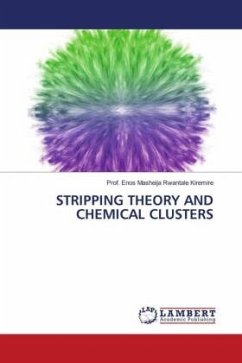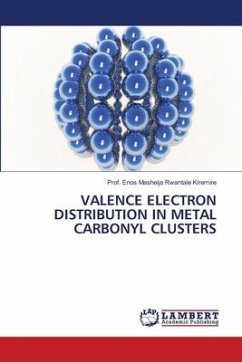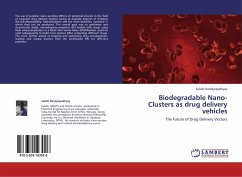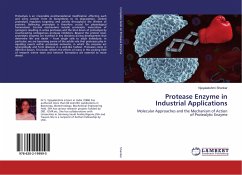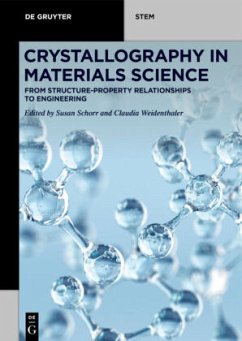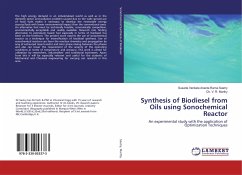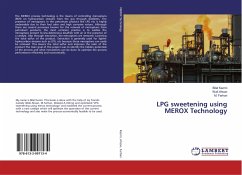
CLASSIFICATION OF SUPERCONDUCTORS USING SKELETAL NUMBERS
Versandkostenfrei!
Versandfertig in 6-10 Tagen
53,99 €
inkl. MwSt.

PAYBACK Punkte
27 °P sammeln!
A sample of a wide range of clusters claimed to possess superconductivity properties were analyzed and categorized. It was found that those clusters with negative Dz index(D-z) correlate with those possessing superconductivity properties. In this book, the range of analysis was expanded to include more clusters. In this regard, some clusters with positive Dz index were also found to be classified as superconductors. Hence, super conductors can conveniently now be categorized into 4 groups namely, those with positive Dz and positive Lone Pair (LP)indexes, those with positive Dz and negative LP ...
A sample of a wide range of clusters claimed to possess superconductivity properties were analyzed and categorized. It was found that those clusters with negative Dz index(D-z) correlate with those possessing superconductivity properties. In this book, the range of analysis was expanded to include more clusters. In this regard, some clusters with positive Dz index were also found to be classified as superconductors. Hence, super conductors can conveniently now be categorized into 4 groups namely, those with positive Dz and positive Lone Pair (LP)indexes, those with positive Dz and negative LP indexes, followed by negative Dz and positive LP, and finally negative Dz and negative LP indices. The correlations between these categories and the corresponding physical or chemical properties of the clusters will be quite interesting.




